Those are normal headphone wires.
- The colored strands are copper insulated in a colored lacquer.
- The core of each wire is a string (for strength as copper wire is not all that strong - especially not when it is as thin as this stuff.)
- The combination of the very fine copper strands and the string makes for a very flexible wire that can stand being pulled on.
You can't strip the insulation off like you would with normal wire.
You would normally use a solder pot to strip and tin the wires all in one go.
A hobbyist won't have a solder pot handy, but you can still solder the wires.
Here's how:
Turn your soldering iron up hotter than normal. About 350°C (670°F,) maybe higher.
Get a big blob of solder on the tip of your iron:
- Poke the end of a wire into the solder:
The hot solder will melt the insulating lacquer and remove it.
- Once the very tip of the wire has solder on it, push the wire through the solder from the side to strip and tin a couple of millimeters of wire:

It helps to have the solder standing by so that you can add solder as you are working with the wire.
- You will end up with stripped and tinned wires that have a bit of burned lacquer at the transition from lacquer to tin:
Even the copper colored wire is insulated with lacquer - clear, in that case.
- Strip and tin all of the wires, then solder them to the pins of the new plug:
Once you have the wires tinned, turn the soldering iron temperature back down to normal (270°C or 520°F) to solder the connections.
As happens, I was working on a blog post on this very subject when your question came up. I haven't published the post yet - I just finished making and preparing 37 photos for it and haven't written any of the text yet.
If you need a guide to replacing the plug on an Android headset, I've finished the blog post. You can read it here.
